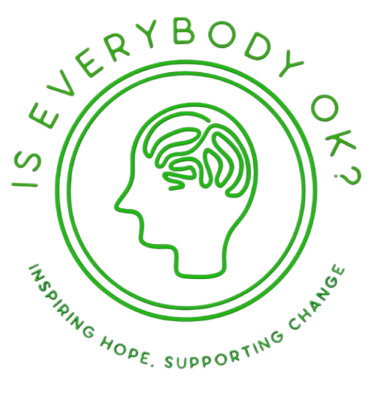Introduction
Mental health is a critical aspect of our overall well-being, yet it remains a topic that many people find difficult to discuss. Stigma, fear, and misunderstanding often prevent open conversations, leading to isolation and untreated conditions. However, by fostering dialogue within our communities, we can break down these barriers and create a supportive environment where everyone feels comfortable seeking help. Here’s how you can start the conversation about mental health in your community.
1. Educate Yourself and Others
Before initiating discussions, it’s important to educate yourself about mental health issues. Understand the common conditions, symptoms, and treatments. When you’re well-informed, you can provide accurate information and dispel myths. Share this knowledge with others in your community through workshops, social media, or informal conversations. The more people understand mental health, the easier it becomes to talk about it openly.
2. Create Safe Spaces for Dialogue
People are more likely to share their experiences and concerns when they feel safe and supported. Organize community events, such as support groups or mental health forums, where individuals can speak freely without judgment. Encourage active listening and empathy in these spaces, making it clear that every voice is valued. A safe environment fosters trust and opens the door to honest discussions about mental health.
3. Lead by Example
Be a role model by openly discussing your own mental health experiences. Whether you’ve faced challenges yourself or supported someone who has, sharing your story can help others feel less alone and more willing to seek help. Normalize mental health conversations in your daily interactions, whether at home, work, or social gatherings. When people see that it’s okay to talk about mental health, they’re more likely to join the conversation.
4. Challenge Stigma and Misconceptions
Stigma often stems from ignorance and fear. Challenge harmful stereotypes and misconceptions about mental health whenever you encounter them. Use facts to counter myths, and encourage others to view mental health as just as important as physical health. By confronting stigma head-on, you can help create a more inclusive and understanding community.
5. Provide Resources and Support
Ensure that your community has access to mental health resources, such as hotlines, counseling services, and educational materials. Share information about local mental health professionals, support groups, and online resources. Make it clear that help is available and that seeking support is a sign of strength, not weakness. Having accessible resources empowers individuals to take control of their mental health.
6. Encourage Ongoing Conversations
Talking about mental health should not be a one-time event. Encourage ongoing dialogue by regularly organizing mental health awareness activities and keeping the conversation alive in your community. Use social media, newsletters, or community boards to share mental health tips, success stories, and upcoming events. By maintaining an open line of communication, you reinforce the message that mental health matters every day.
Conclusion
Talking about mental health in your community is a powerful way to break the stigma and create a culture of support. By educating yourself and others, creating safe spaces, leading by example, challenging misconceptions, providing resources, and encouraging ongoing conversations, you can help make mental health a priority in your community. Together, we can build a world where everyone feels seen, supported, and empowered to seek the help they need.
